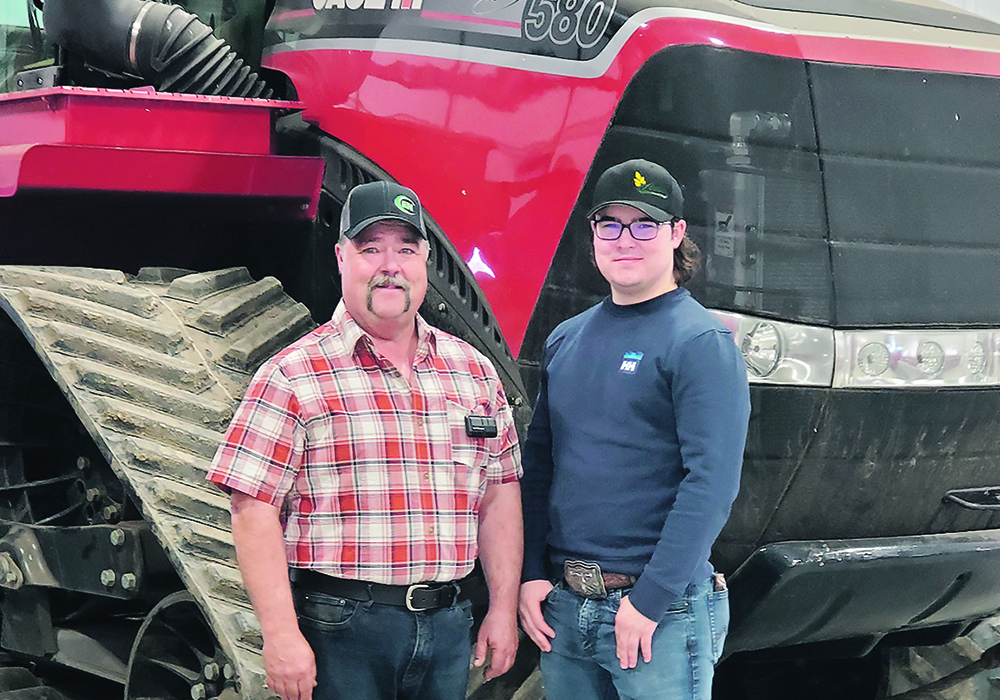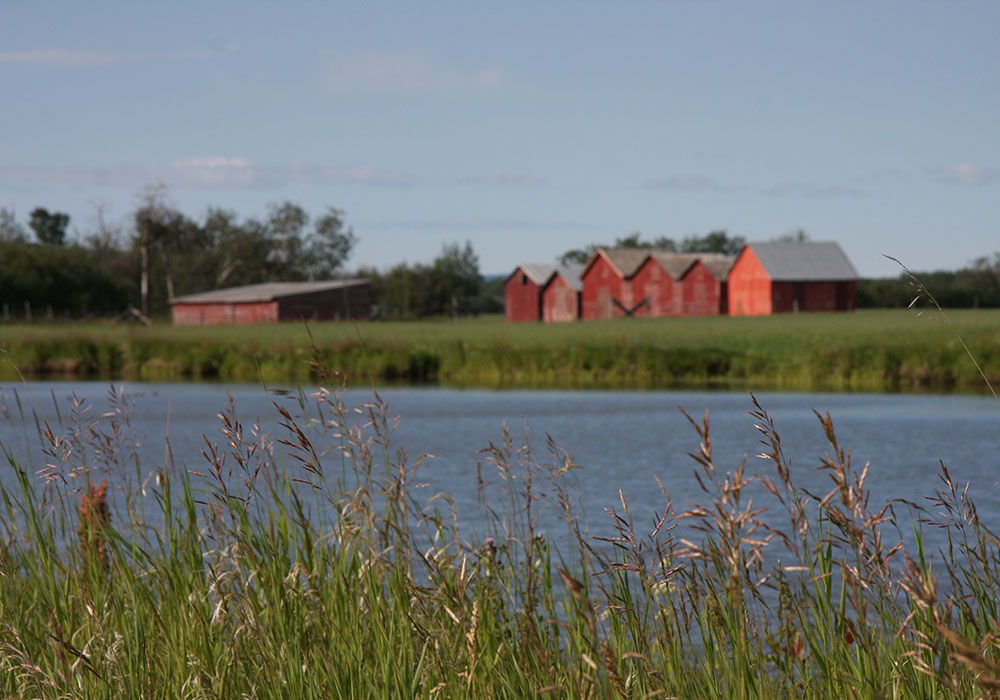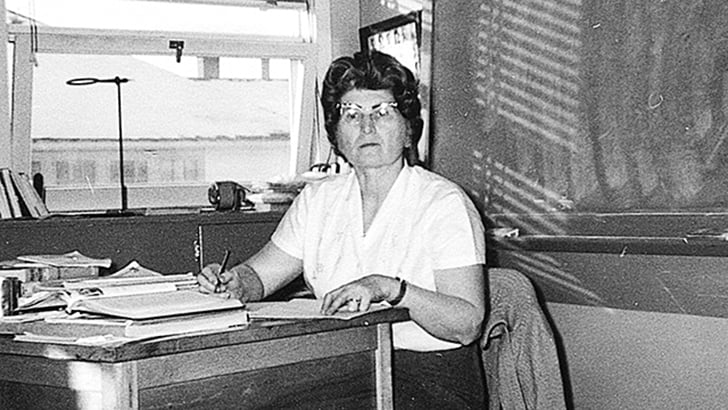MAPLE CREEK, Sask. — Marg Perrin watched as the bulls were loaded into the chutes at the Maple Creek Pro Rodeo in July.
As a member of the Girls’ International Rodeo League in the 1960s, she participated in every event from bareback bronc riding to barrel racing to bull riding.
“It only looks scary, but once you’ve done it, it’s not,” said the 67-year-old rancher.
“I was horse crazy,” said Marg, who grew up in Saskatoon and married Maple Creek, Sask., rancher and saddle bronc rider Ken Perrin.
Read Also
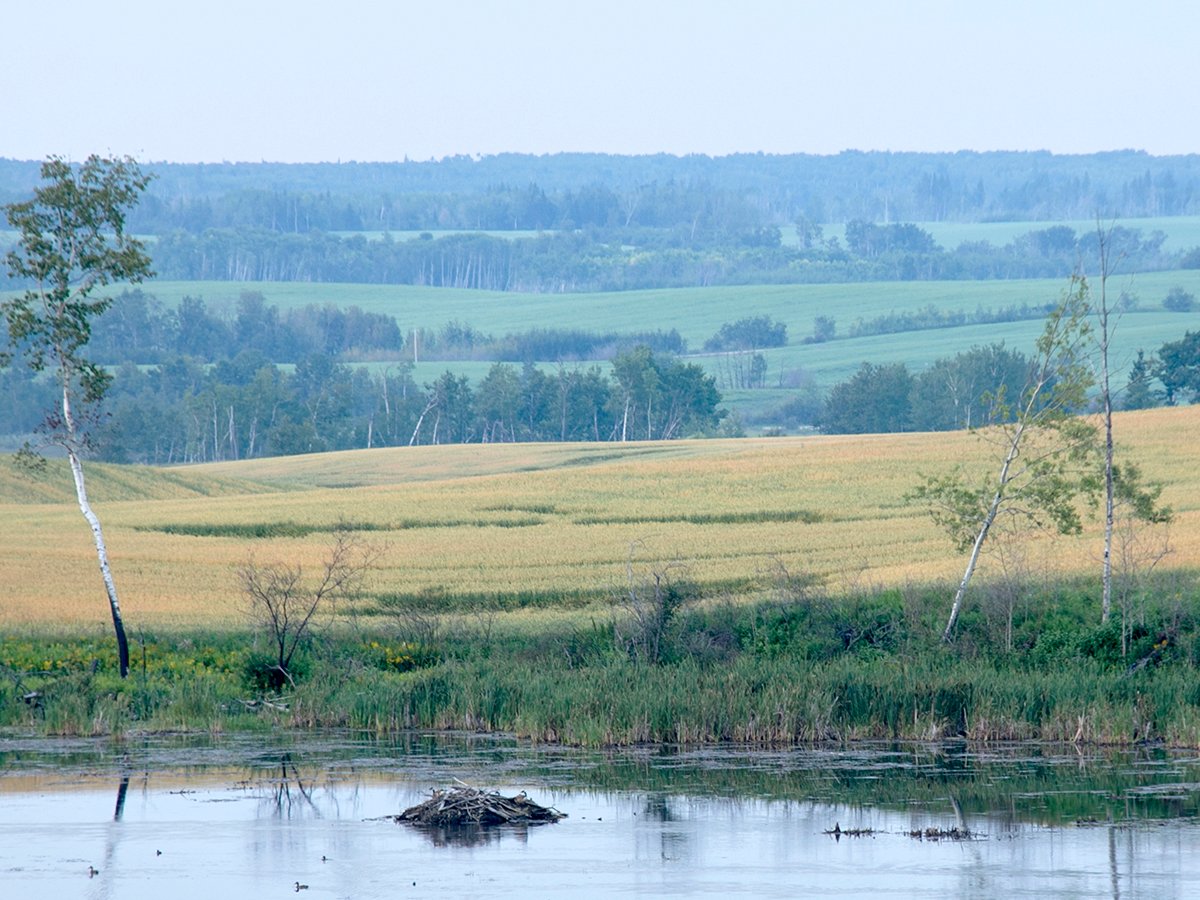
Intergenerational rollover rules can help succession plans
One of the most significant concerns in succession planning for farmers is the tax bill that can come with passing the farm to the next generation.
“I always said I wanted to marry a cowboy or a rancher and I got both.”
Ken agreed that marrying someone who shares his passion for horses has meant the rodeo tradition is strong in the Perrin family.
“It’s just in your blood,” said Ken, who recently gave his bronc riding saddle to his 14-year-old grandson.
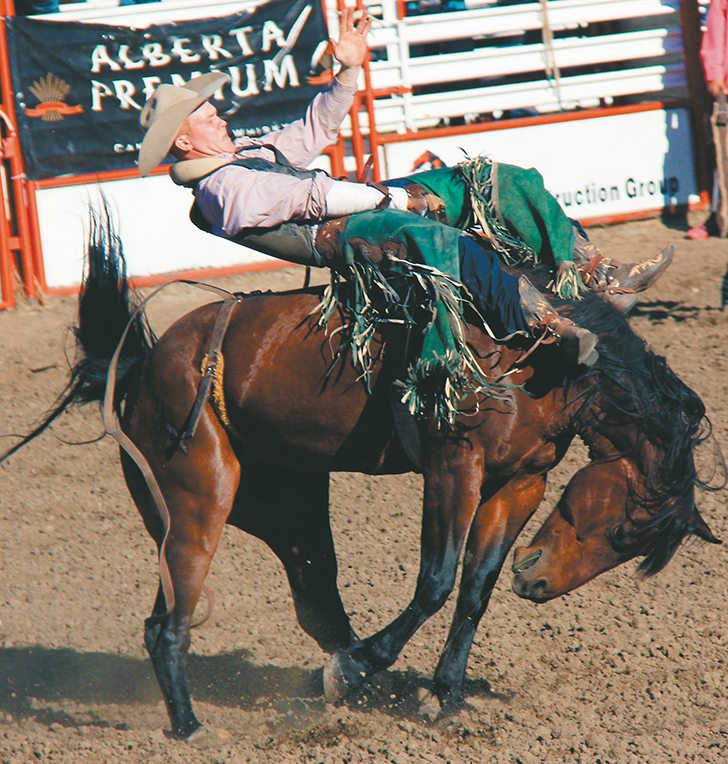
Linden Woods of Maple Creek, Sask., rides Good Times in the bareback bronc event at the Maple Creek Rodeo. | Christalee Froese photo
The Perrins, like many local ranchers, gather at the annual rodeo each July to see who will carry on the cowboy culture of southwestern Saskatchewan.
“A cowboy is somebody who has integrity and confidence in doing what they’re doing,” said Marg.
Many of the men and women on the pro-rodeo circuit, which moves to Maple Creek from the Calgary Stampede, are from Alberta and the United States. However, it’s often the local riders who Maple Creek fans are watching.
Rayel Jamieson, 15, who carried a flag in the rodeo’s grand entry, said it means a lot to her community when the rodeo comes to town.
She said it’s a unique culture that prizes competitiveness and strength, yet also values those who help others out and step up when needed.
“It makes us feel good to see the cowboy culture and our western heritage being carried on,” she said.
Jamieson, who has been going to the rodeo and watching the girls ride into the grand entry since childhood, was eager to participate.
“I like to help out with the rodeo wherever I can because it’s what I can do to help the committee,” said Jamieson, who works as a lifeguard in summer and rides horses at her Cypress Hills area ranch every chance she gets.
She learned her equine skills from her grandfather and her parents and is hopeful that her generation can carry on the rodeo traditions.
“When you see the younger kids at the rodeo, you always wonder what they’re going to do in the future. We could have the next rodeo champion right here in our town.”


